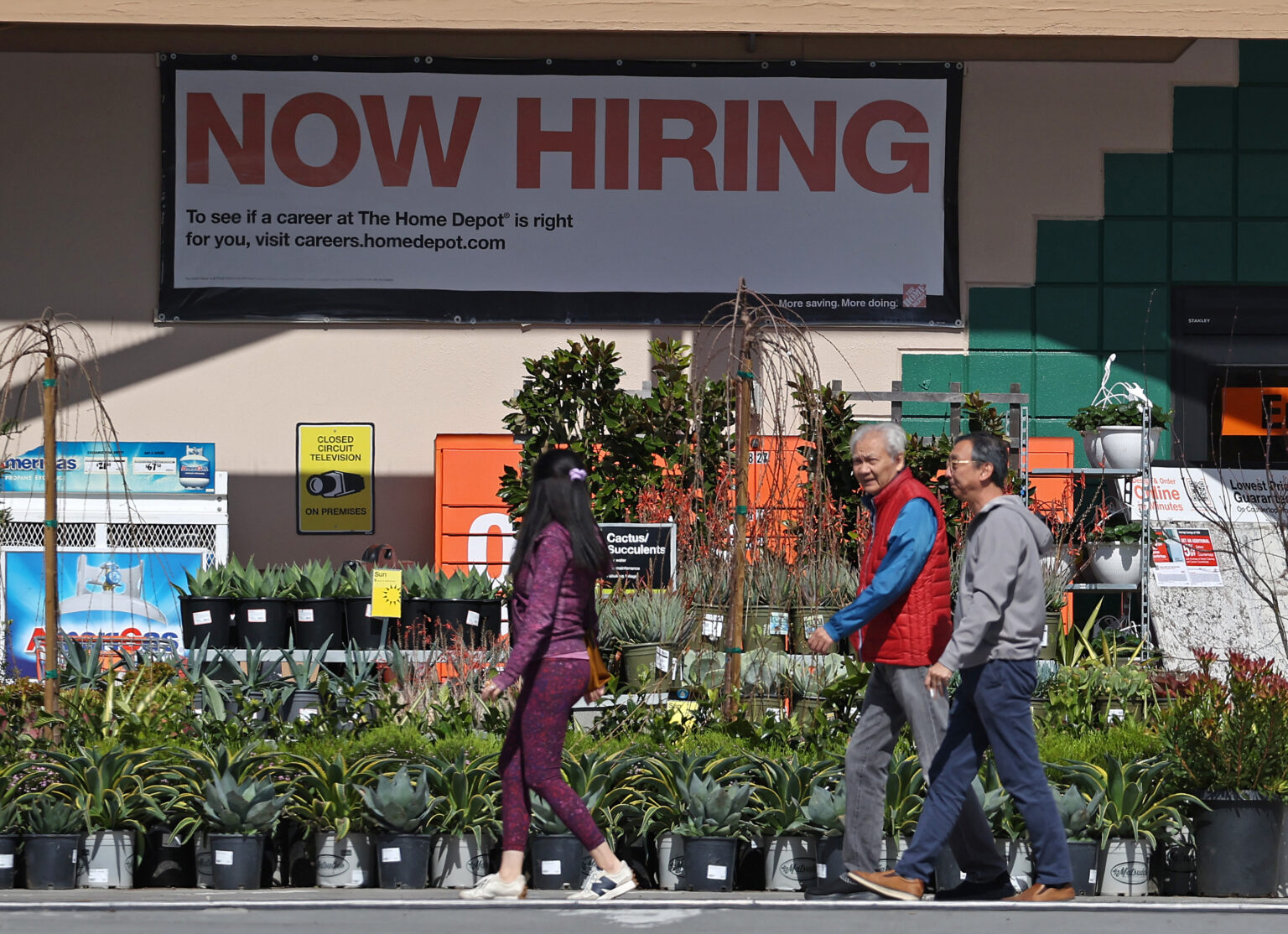A growing number of jobless Americans are remaining out of work after their unemployment benefits expire, raising concerns about long-term labor market detachment and uneven recovery patterns.
According to newly released federal data, nearly 1.6 million Americans have now been unemployed for 27 weeks or more—classified as “long-term unemployed”—a marked increase from the same time last year.
Why It Matters
The spike has renewed focus on the adequacy of unemployment insurance programs, which in most states provide a maximum of 26 weeks of benefits regardless of labor market conditions. Montana is the only state that offers up to 28 weeks in certain cases.
There is no national program providing extended unemployment benefits unless Congress enacts emergency extensions, as occurred during the Great Recession and COVID-19 pandemic.
What To Know
The uptick in long-term unemployment means more people are going without income while actively seeking work. As benefits run out after the initial eligibility period, affected workers must either find a new job, rely on savings or other support, or exit the labor force.
In March, long-term unemployed workers make up 22.1 percent of the total unemployed population, up from 20.6 percent in March 2024, according to the latest Bureau of Labor Statistics (BLS) report. That represents a reversal in what had been a steady post-pandemic decline in long-term joblessness.
The BLS data shows that the number of Americans unemployed for 27 weeks or more has remained consistently above 1 million throughout the past year. As of March, that group accounted for more than one-fifth of all unemployed workers.
The variability in state benefits further complicates the safety net.
In states like Florida and North Carolina, for example, jobless benefits can expire after just 12 weeks. According to the Center on Budget and Policy Priorities, the length of benefit duration is tied in some states to the unemployment rate, with fewer weeks available in periods of low unemployment.
However, job seekers who remain unemployed after the maximum benefit duration often face the same economic pressures regardless of where they live.
The U.S. economy added 228,000 jobs in March, according to the most recent BLS jobs report, compared to 117,000 in February. While this was much higher than the 135,000 jobs analysts predicted, the unemployment rate still rose slightly to 4.2 percent from 4.1 percent.
What People Are Saying
Alex Beene, a financial literacy instructor for the University of Tennessee at Martin, told Newsweek: “While the employment picture in the United States is still strong, there are some worrisome signs. There are an increasingly higher number of Americans staying unemployed for longer, and the reasons for that stem from better paying full-time work being harder to find in some areas of the country and difficulty finding other opportunities that allow them to balance existing responsibilities, be it child care, health care issues or other personal aspects outside the workplace.”
“It also brings up the question of how good the employment situation truly is, as more Americans are choosing unemployment over underemployment.”
HR consultant Bryan Driscoll told Newsweek: “The fact that more Americans are staying unemployed longer than 26 weeks says a lot more about our economy and society’s structural failures than it does about workers themselves. We’ve spent years celebrating a hot job market, but most of those jobs pay poverty wages, offer no benefits, and demand open availability for part time hours. Workers aren’t lazy—they’re exhausted. They’re fed up. And they’re no longer willing to take any job just to say they have one.”
Jennifer Lee Magas, a communications professor at Nova Southeastern, told Newsweek: “We’re not in a hiring slowdown—we’re in a hiring identity crisis. Roles are disappearing, processes are dragging, and ghost jobs are clogging up the listings. Candidates are applying into the void and waiting weeks—sometimes months—for a reply that never comes.”
What Happens Next
Unless Congress revives a federal extension program, workers who remain unemployed beyond their state’s maximum benefit window will have no further access to income support.
For now, millions of job seekers face the possibility of months without income while still searching for work. And for many of these job seekers, the current options available are disappointing, Driscoll said.
“For the rest of 2025, job seekers should expect continued gaslighting,” he said. “Employers will keep complaining that no one wants to work while refusing to raise pay, offer flexibility or treat employees like people with lives.”
Read the full article here

